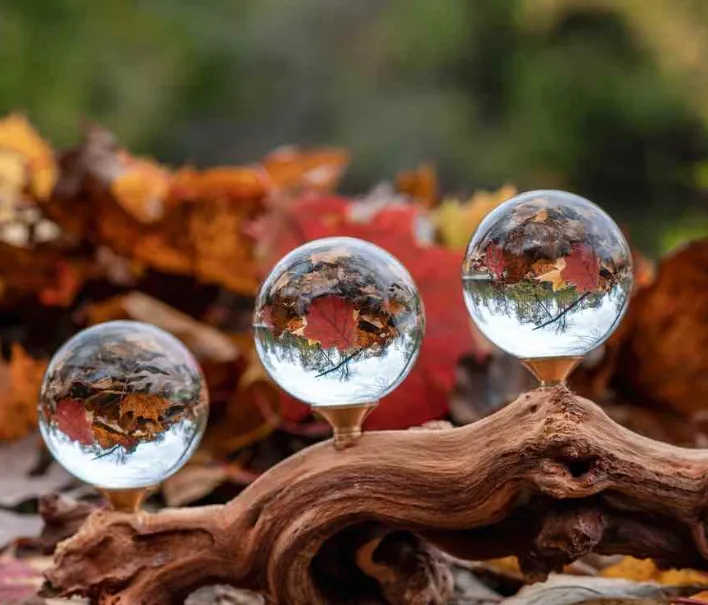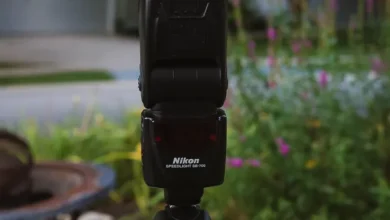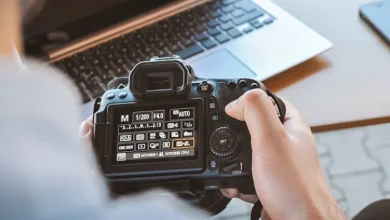
A Beginner’s Guide to Lensball Photography: Adding Creativity to Your Shots
If you’re looking to bring a new level of creativity to your photography, lensball photography could be the perfect technique to try. Whether you’re after a unique twist on landscapes, portraits, or still life shots, a lensball can transform how you approach your images. In this post, we’ll dive into what lensball photography is, how it works, and how you can get started.
What is a Lensball?
A lensball is essentially a spherical piece of clear glass that acts as a creative tool for photographers. Though it’s marketed as a unique photography accessory, it’s essentially just a rebranded crystal ball. Lensballs are popular among photographers who want to capture scenes in an imaginative way. These glass spheres create a unique refraction effect that adds an intriguing twist to the image, with the scene captured upside down inside the ball.
While lensballs are a specific product, you can use any similar glass ball for this technique. The effect comes from the way light bends through the glass, creating an inverted reflection of the scene behind it, much like a fisheye lens.
How Does Refraction Work?
Refraction is the bending of light as it passes through an object denser than air. Think of the way a straw appears bent when placed in a glass of water. Similarly, when you look through a lensball, the light passing through the glass causes the image to appear upside down. This is the basic principle behind lensball photography and how it creates such an eye-catching effect.
Choosing the Right Lensball Size
Lensballs come in different sizes, but the most common are 60mm and 80mm. For beginners, the 80mm lensball is the ideal choice. It’s large enough to provide great images without being too heavy or cumbersome to carry. The 60mm version, though more portable, can lead to more distortion in the image due to its smaller size and focus limitations.
If you’re looking for a more advanced option, the 100mm glass ball offers even greater image quality, though it comes at the cost of added weight and size. There are also colored glass balls available, which can add a creative touch to your photos by influencing the colors and tones inside the ball.
Other Alternatives to Lensballs
If you’re looking for a more budget-friendly or creative alternative, consider using marbles or even wine glasses. While marbles are small and inexpensive, they often require a macro lens to capture the details. Wine glasses, when filled with water, can also create an inverted image, making them a fun, unconventional option for light and reflections.
Where to Get a Lensball
There are several places where you can purchase a lensball, ranging from established photography brands to local markets. The biggest brands in lensball photography are companies like Lensball and Refractique, which offer high-quality products made from K9 glass. These products come with the added benefit of an active community of photographers who share tips and techniques for using lensballs effectively.
Alternatively, you can find cheaper options on platforms like Amazon or at local markets. While these may not offer the same premium glass quality, they can still work well for practicing and experimenting with the technique.
What Can You Photograph with a Lensball?
The great thing about lensball photography is that it’s versatile. You can use it for all types of photography, from landscapes to portraits. Here are some ideas to get you started:
- Landscapes: The fisheye effect inside the lensball is perfect for landscape photography. Position the ball in front of a beautiful scene to capture the entire view in a unique, spherical reflection.
- Portraits: Using a lensball to frame a subject can create a striking portrait, offering an unusual way to capture people. It may take some practice to get the positioning right, but the results can be stunning.
- Still Life: Lensballs work beautifully in still life photography, especially for light painting. You can place the lensball on a glass surface and use it to reflect light, creating creative and intricate compositions.
How to Get Started with Lensball Photography
To begin experimenting with lensball photography, start with the basics:
- Set Up Your Camera: Use a DSLR or mirrorless camera in manual mode. You’ll want to control the exposure settings to get the best image quality.
- Position the Lensball: Place the lensball in front of your subject, either handheld or on a stable surface. The distance between the ball and the camera will affect the focus and distortion.
- Adjust Your Settings: Begin with an aperture of f/8 or f/11 to get a sharp focus across the ball and the background. Play around with shutter speed and ISO settings based on the lighting conditions.
- Experiment with Angles and Lighting: Move the lensball around to capture different perspectives. Try using different light sources to illuminate the scene inside the ball, such as sunlight or a flashlight.
The key to mastering lensball photography is experimentation. Try different scenes, lighting setups, and compositions to see what works best for you.
Conclusion
Lensball photography is a fun and creative way to explore new techniques and add a unique twist to your images. Whether you’re capturing sweeping landscapes, stunning portraits, or intricate still life setups, a lensball can help you see the world from a new perspective. With just a bit of practice and creativity, you’ll soon be able to create stunning images that will make your photography stand out. So, grab a lensball, and start experimenting today!




